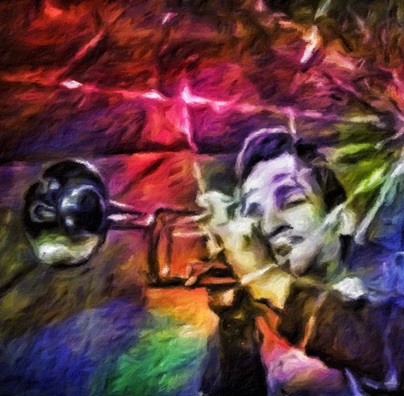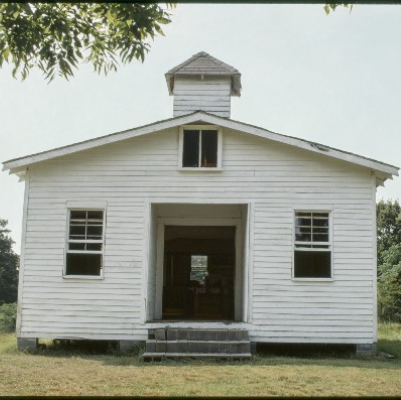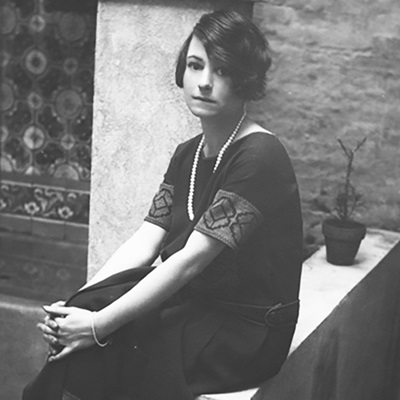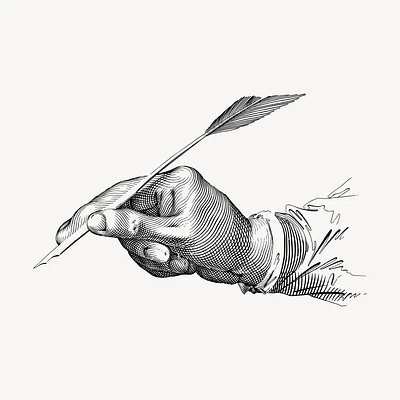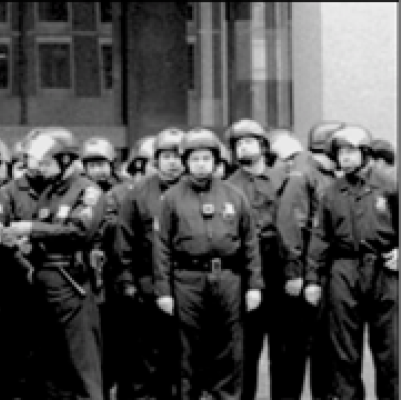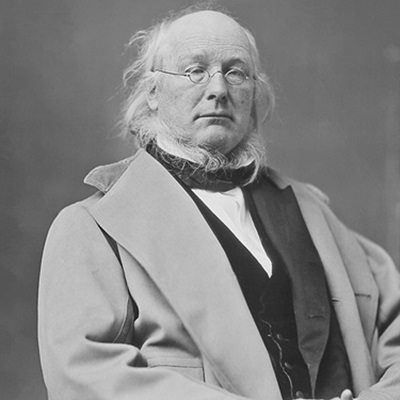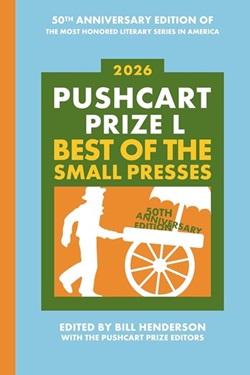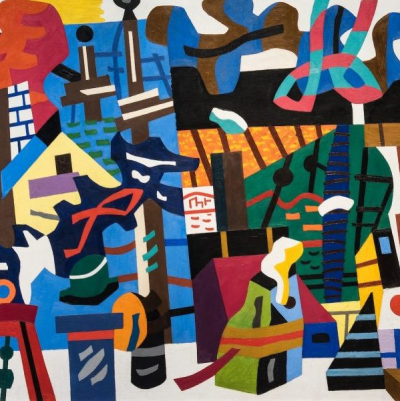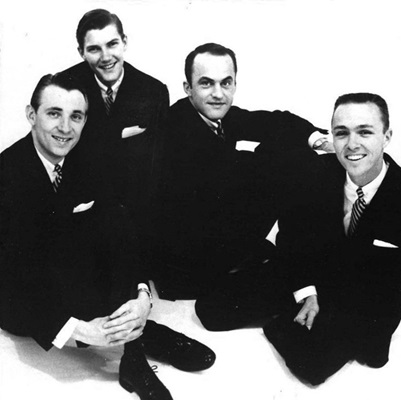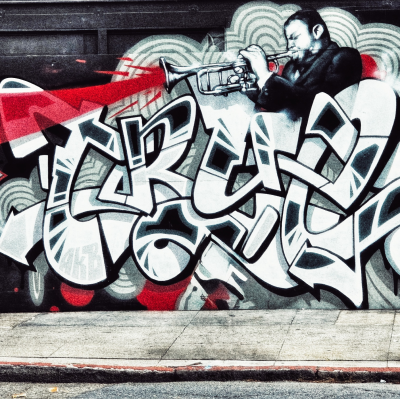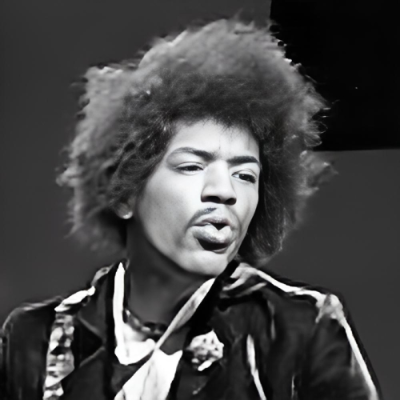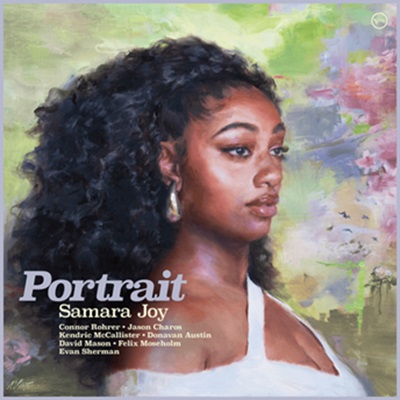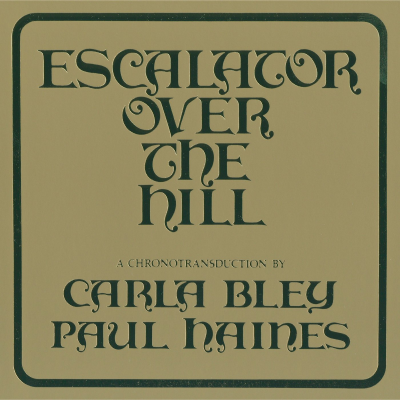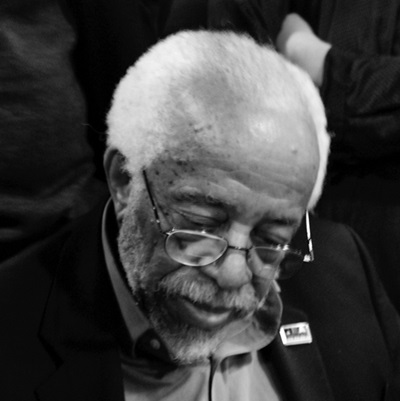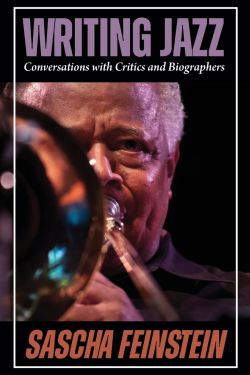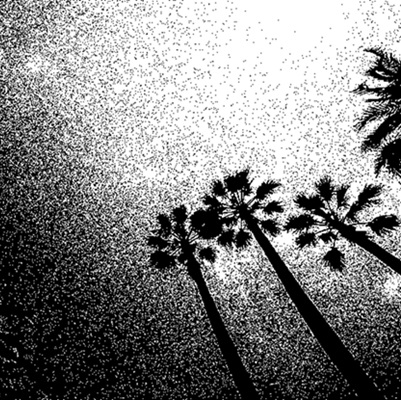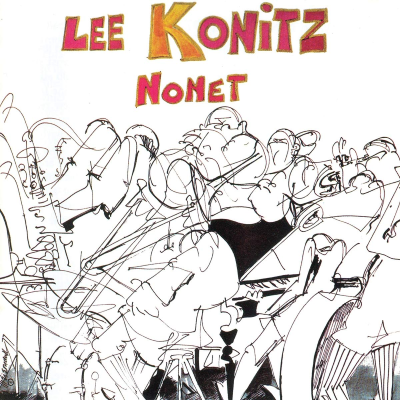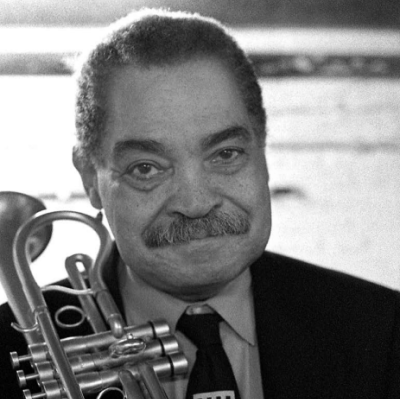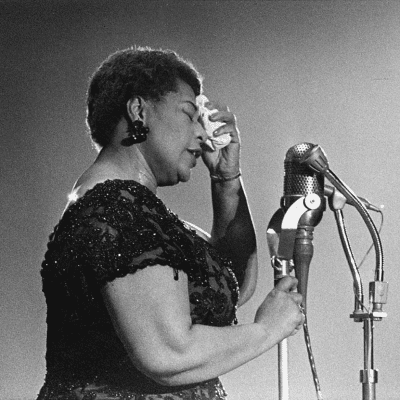.
.
New Short Fiction Award
We value creative writing and wish to encourage writers of short fiction to pursue their dream of being published. Jerry Jazz Musician would like to provide another step in the career of an aspiring writer. Three times a year, we award a writer who submits, in our opinion, the best original, previously unpublished work.
Kay Sexton of Sussex, England is the fifth recipient of the Jerry Jazz Musician New Short Fiction Award, announced and published for the first time on March 5, 2004.
.
*
.
.
Kay Sexton
Kay Sexton spent two years as an agony aunt for nudists — it was an education, although for what is not clear. She is also a philosophy graduate, recreational runner, and hostage to a capricious muse.
Traveling Magicis an homage to John Coltrane, whose ‘Blue Train’ has been begging her to write a train story for as long as she can remember. Currently she’s working on a story based on Art Blakey’s ‘Moanin’ …
.
.
___________________________
.
.
.
Traveling Magic
by Kay Sexton
.
___
.
…..There are coyote in The Balcones Canyonlands Preserve in West Travis County, Texas. One family; with three cubs. As always, the alpha female is the only one to breed, her two sisters will help her rear the cubs to maturity. She is a young female, less than two years old, and her sisters are her littermates: this family, barely more than striplings themselves, have fought hard to establish themselves in this reserve, managed for deer and birds, but not for coyote. Most Texans still shoot first, and ask themselves only afterwards if the beautiful golden corpse in front of them could possibly have posed a risk to livestock or pets.
…..This alpha female is unique. If you could see her, in the settling light that follows sunrise, as she and one of her sisters head out to hunt the forest edge for small mammals and unfledged birds, you would see what makes her into the rari canis. She has green eyes. Green as jade, greener than Texan grass.
…..She crests the hill-line and looks back, blinking into the light of the mid-morning and — as she drops her head and closes her eyes, to scent the air for other predators, for prey, for the currents all around that shape a world as full of odour as of colour — her eyes change.
…..Far away, the train pulls out of Austin station. It labours slowly, weighted with passengers, freighted with love, hate, expectation, fear, regret. A trainload of feelings traveling to a hundred destinations.
…..“My baby’s on that train. Heading north to the cold-lands; three years college and who knows if she’ll come back to me?”
…..When the coyote opens her eyes again, the green has gone: they are simply yellow.
…..The train rolls.
…..In a booth in a Chicago club, a jaded critic sips latte and slits his eyes against the brightness of the alto sax held by the woman on the stage. It is too early in the day to play jazz. She is too young to play jazz. She is a she. The sax is too bright and shiny. He sighs, feels the pull of the scar tissue against his re-activating ulcer and drinks morosely of his medicinal milk.
…..Frannie Moore lifts the sax. In the moments before they swing in behind her, the band hear the train sliding its way through the windy city. The noise is subliminal, visceral: if you play here much it becomes part of the music. Frannie breathes deep and opens her heart to the world
…..After a couple of minutes, maybe five, maybe seven, the critic stops staring and starts writing. He covers sheet after sheet of notepad, sometimes turning two or three pages over together in his haste, sometimes writing off the edge of the page onto the greasy wooden table. Later, when he tries to decipher what wired his hindbrain to his writing hand without bothering the intellect in between, this is all he can recover
…..“We’ve had blues, we’ve had mellow, we’ve had the golden age. What else can there be? The greens. When Frannie Moore plays, you hear the green heart of this planet, singing out to you from within the core of this woman’s being. She brings mockingbirds and honeysuckle and puts them right down on the table with your coffee and smokes. She carries you out to the end of the branch where the dew-drop hangs from the freshest leaf you’ll ever see in your life, and she lets you hear that dew-drop fall. You don’t just hear it hit the forest floor, she can make you know how it sounds as it’s falling through the air. This is music like we’ve never heard before — if you want to feel evolution in action, then hear Frannie Moore and know that the blues are dead. Long live the greens.”
…..Frannie lowers the sax. Behind her, the band is silent.
…..“My girl wants to be a journalist. She’s going to win the Pulitzer one day. Is she ever going to come back here for some semi-loco guitarist? God I hope so. I’m not gonna stand in her way, but I’m following that train in my mind. My heart is going north with her.”
…..On the other side of Buffalo there is a garden, so far beyond manicured that it looks as though it has had a lift and tuck and liposuction. The train roars along the bottom edge of a lawn that is as precision-trimmed as a GI buzz cut. The panes of a custom-made glass house vibrate gently as the carriages pass.
…..Inside the greenhouse, the rose grower is deliberately not watching the opening of his rose. He has set the spray of three perfect buds under the infra-red bulb, balanced by a daylight bulb on one side and the blue light from a halogen bulb on the other. He knows that he could simply prise the petals open with his fingers to see if he has succeeded, but he is a perfectionist and he wants the bloom to open of its own accord. An impatient perfectionist though: of its own accord but in his time, to his schedule. Hence the array of light and heat, to trick this rose into revealing its secrets.
…..He has planned this for over two decades: breeding and grafting, hybridising. The rose will be scarlet, like fresh blood. Richly scented, with a bottom note of rare spices. The stamens will be as golden as the crown of Heaven. All this is true of a dozen fine roses, but there will be one difference between his rose and all the rest. The innermost ring of petals, closest to the gold heart, will not be red, but red and white. They will be white petals that bleed the reddest notes of the martyrdom of Christ. White as the Lamb of God. This rose will be called The Nazerene.
…..More than twenty years of failure have twisted the rose grower into something less than human. He has forgotten what made him conceive the rose in his soul, he can only remember the craft that has shaped it in his hands. He is standing with his back to the buds, watching — but not seeing — the train pass. As the last carriage swings away, he turns to look at what he has wrought.
…..Under the trickery of heat and light the topmost bud has opened. It holds its shape perfectly, revealing the perfection of form that he craves. He peers forward, seeing the apparent raggedness of the inner petals, shockingly white, staringly red. But he barely registers them in his grief and pain, because inside the glorious red and white array, the stamens are as green as grasshoppers. He tears the bud from the stem, dropping it to the floor and twisting his foot compulsively on it until it is no more than a damp smear, redolent of tea and cinnamon. He turns away, barely able to walk from the glasshouse, shoulders bowed against the weight of failure. His finger flicks the light switch, amputating at source the tropicality that brought the bud to maturity.
…..Tomorrow, when he returns, he will find the lower buds have opened too, under the natural light that floods the glass walls. They have golden hearts. He will never again see the green heart of the red rose.
…..The train travels: new passengers join, original ones leave. The start point branches to a thousand destinations, the trains spread across two nations like the streams of a delta, carrying hopes and fears, wishes and promises.
…..“She’s my green eyed cat, my girl, my luck. You think I should have gone with her? Maybe so. But look, she’s going to college she doesn’t need me hanging around there. I’m just a guitar-hack, ax-man; I’ve got gigs here that pay the rent. Up there, could I find work? I dunno. I don’t want to drag her down. If she comes back to me after college, then I’m goin’ to cherish her forever, but if she don’t then nobody’s ever going to be able to say that I ruined her chances. She’s the first person from hereabouts that’s going to college. I’ll bide my time here, she’ll come back, I’m sure of it.”
…..Outside Toronto, where the sidings lurk in the shade of evening, a drunk sits near the tracks. His bottle is empty. It has been empty for a while now. He is empty too. It has been a long time since there was anything to fill him up. He sprawls with the graceless pain of the habitual drunkard, bottle loosely held to his chest. Passing trains cast bars of shadow and light over him. After a while, a long while, he realises there is something new. Something so small it hardly counts. A speck of green. He lifts the bottle and peers inside. At the bottom is a firefly. The cold green glow, like a fairy bonfire, takes him to a place where he once hunted fireflies, putting them in a jar to hang in the tree outside his bedroom window. He smiles. After a while he falls asleep, cradling the fiery glow of his magic bottle.
…..As she steps down onto Union Station, Toronto is dark and cold. In the small group of travelers, the tall girl with sun-tanned skin and a backpack stands out. She is calm in the middle of the ragged bustle, the movement of people too tired to be enthusiastic, but happy to have arrived. She looks around with frank interest in her new world.
…..“I want to write her a song. I’m going to write her the song that will bring her home in three years time, to me. Travelling magic’s going to take my heart to her and bring her back safe to me, my green-eyed girl.”
…..Overhead, in the station roof, is a bird. In cleaner places it might be called a dove, but here in the station, it is a pigeon. It is predominantly white, although there is a feral suggestion in the long pinion feathers with betraying notes of marbled grey and dun. It is tired: it blinks one pink eye and ruffles its feathers, preparatory to sleep. The girl hoists her pack. The movement rouses the bird, and once more it lifts its head, glancing down, blinking, observing her shivering form as it crosses the station floor. As it settles again to sleep, its gaze crosses the station. It has emerald green eyes.
.
__________
.
.
.
.
.





